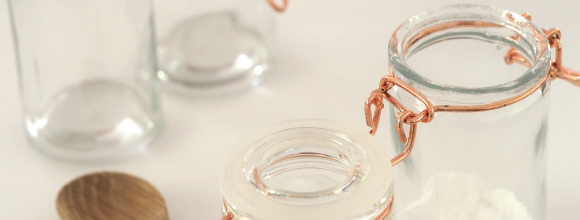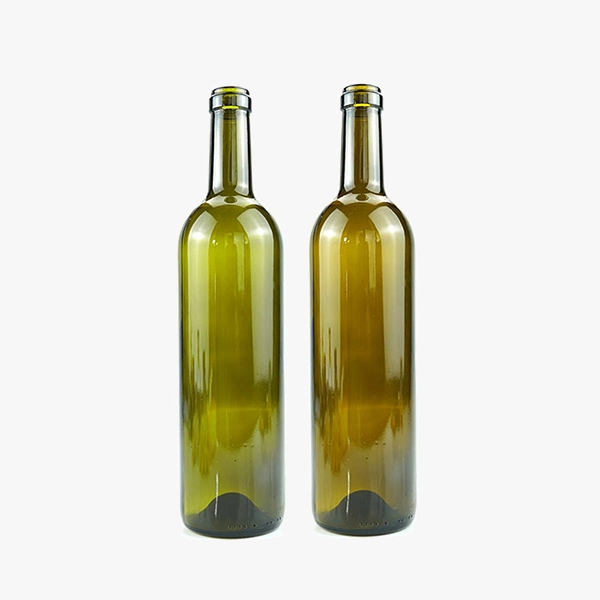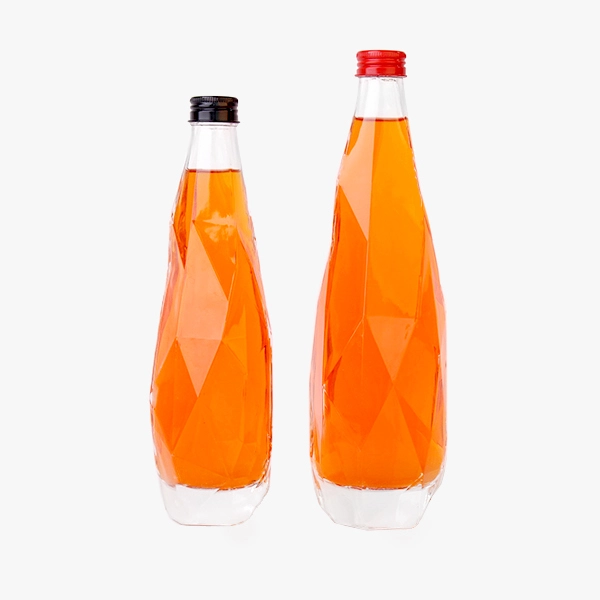Borosilicate vs Tempered Glass: Understanding the Differences
When choosing the right type of glass for your needs, it helps to know the differences between borosilicate glass and tempered glass. In this article, we will explain what each type of glass is, how they are made, and what they are best used for.
This guide will help you decide which glass type works better for your project. We will use the target keyword “borosilicate vs tempered glass” throughout the article.

What Is Borosilicate Glass?
Borosilicate glass is a type of glass that contains boron trioxide along with silica. This type of glass has a low coefficient of thermal expansion. In simple words, it does not expand or contract much when exposed to heat or cold. Because of this property, borosilicate glass can handle rapid temperature changes without breaking.
Key Features of Borosilicate Glass
- Heat Resistance: Borosilicate glass can be heated and cooled quickly. This makes it useful for laboratory equipment and kitchen items like baking dishes.
- Chemical Resistance: It is not easily attacked by chemicals. This is why many scientific instruments are made of borosilicate glass.
- Clarity: The glass is clear and transparent, making it good for items where you need to see inside, such as test tubes or decorative objects.
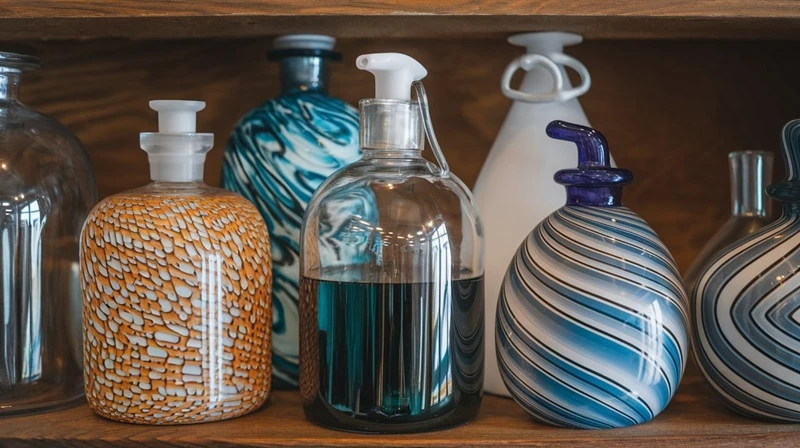
How Borosilicate Glass Is Made
The process to make borosilicate glass includes mixing silica with boron trioxide and other ingredients. The mixture is then melted at a high temperature and shaped into its final form. The final product is a glass that can stand high temperatures and resist thermal shock.
Common Uses of Borosilicate Glass
- Laboratory Equipment: Because of its heat and chemical resistance, borosilicate glass is used to make test tubes, beakers, and other lab equipment.
- Kitchenware: Items like measuring cups, baking dishes, and even some cookware are made of borosilicate glass.
- Lighting: Some high-intensity lighting uses borosilicate glass for its ability to handle high temperatures.
- Decorative Items: The clear and sturdy nature of borosilicate glass also makes it a popular choice for art and decorative pieces.
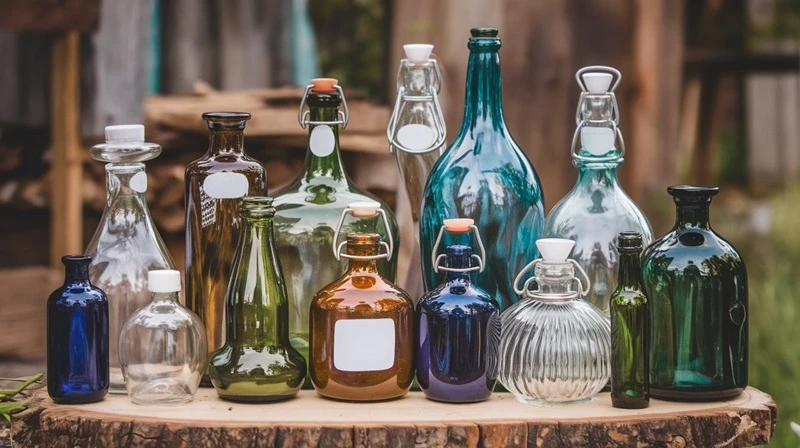
What Is Tempered Glass?
Tempered glass is a type of safety glass that is treated with heat or chemicals to make it stronger than regular glass. It is used in many applications where safety is important. When tempered glass breaks, it shatters into small pieces instead of sharp shards, which makes it safer to handle.
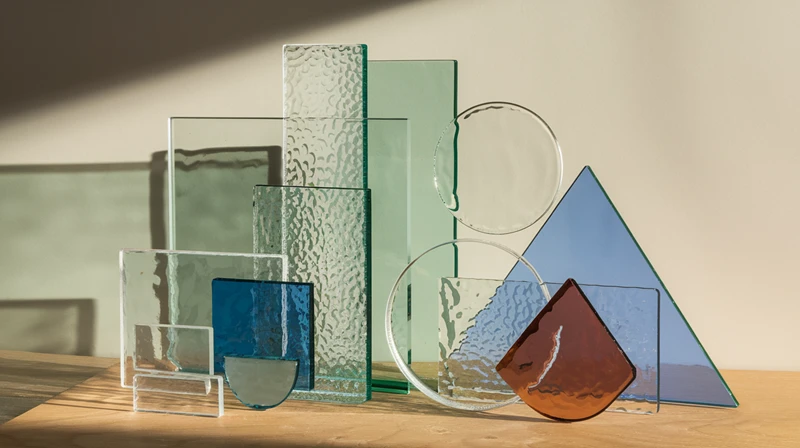
Key Features of Tempered Glass
- Strength: Tempered glass is much stronger than regular glass because it is heated and cooled quickly during manufacturing.
- Safety: When broken, tempered glass shatters into small, rounded pieces that reduce the risk of injury.
- Thermal Stress Resistance: It can handle sudden changes in temperature better than regular glass, though it is not as tolerant as borosilicate glass in rapid thermal changes.
How Tempered Glass Is Made
Tempered glass is made by heating regular glass to a high temperature and then cooling it rapidly. This process is called tempering. The rapid cooling causes the outer surfaces of the glass to harden while the inner layers remain in tension. This gives the glass its strength and safety properties.
Common Uses of Tempered Glass
- Automotive Industry: Car windows are often made from tempered glass to protect passengers in case of an accident.
- Buildings and Construction: Many building windows and doors use tempered glass for safety.
- Electronics: Some screens for smartphones and tablets are made from tempered glass to resist scratches and cracks.
- Furniture: Glass tabletops and shelves sometimes use tempered glass because of its strength and safety features.
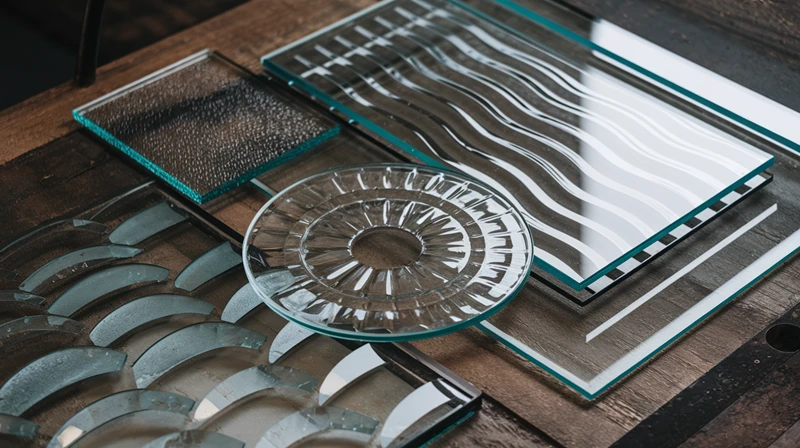
Comparing Borosilicate and Tempered Glass
Let’s compare borosilicate glass and tempered glass by looking at their properties, uses, cost, and safety.
1. Heat Resistance
- Borosilicate Glass: This glass handles rapid temperature changes very well. It can go from hot to cold quickly without breaking. This makes it ideal for laboratory and kitchen use.
- Tempered Glass: Tempered glass also handles temperature changes better than regular glass. However, it is not as resistant to sudden and extreme temperature differences as borosilicate glass.
When comparing borosilicate vs tempered glass, one of the main differences is the level of heat resistance. Borosilicate glass is better when you need a material that can handle sudden temperature shifts.
2. Strength and Safety
- Borosilicate Glass: While borosilicate glass is strong and durable, it is not made to break in a safe way. If it breaks, it tends to form larger, sharper pieces.
- Tempered Glass: Tempered glass is specially designed to break safely. It breaks into tiny fragments that reduce the risk of injury.
For applications where safety is a key concern, tempered glass is often the better choice. The process of tempering makes the glass break in a controlled way, reducing the risk of injury.
3. Chemical Resistance
- Borosilicate Glass: This glass resists chemical reactions, making it ideal for laboratories.
- Tempered Glass: Tempered glass does not have the same level of chemical resistance as borosilicate glass. It is usually used in applications where chemical exposure is minimal.
If you are comparing borosilicate vs tempered glas for chemical use, borosilicate glass is preferred due to its ability to handle different chemicals without damage.
4. Manufacturing Process
- Borosilicate Glass: The process involves mixing silica and boron trioxide and then forming the glass at high temperatures. This process results in a glass that is stable under temperature changes.
- Tempered Glass: Tempered glass starts as regular glass. It is then heated and rapidly cooled, which strengthens the outer layers. This process is done to improve safety and strength.
The difference in manufacturing also explains why borosilicate glass is used in labs and kitchens, while tempered glass is used in cars, buildings, and electronics.
5. Applications in Daily Life
- Borosilicate Glass: Use this glass for lab equipment, kitchenware, and lighting. It is chosen when the item needs to be resistant to chemicals and rapid temperature changes.
- Tempered Glass: Use tempered glass for car windows, building windows, and smartphone screens. It is chosen when safety and strength are the main concerns.
Cost Considerations
When looking at cost, the price of borosilicate glass and tempered glass can vary depending on the application and manufacturing process.
Borosilicate Glass Costs
- Manufacturing Complexity: The process of making borosilicate glass is more involved. This can make it more expensive in certain applications.
- Market Use: Since borosilicate glass is used in specialized fields like laboratories and high-end kitchenware, its price is often higher compared to common glass types.
Tempered Glass Costs
- Production Process: Tempered glass is made by taking regular glass and then processing it with heat. This extra step can add to the cost.
- Mass Production: Tempered glass is used widely in automotive and construction industries. The large-scale production can sometimes lower the cost per unit.
Environmental Impact and Sustainability
Today, more projects look at the environmental impact of materials. Both borosilicate glass and tempered glass have their own considerations.
Borosilicate Glass and the Environment
- Durability: Because borosilicate glass lasts a long time, items made from it may not need to be replaced as often.
- Recycling: It can be recycled, but the recycling process for borosilicate glass is not as widespread as for other types of glass.
- Energy Use: The manufacturing process requires high heat, which uses energy. However, the long lifespan can balance out the initial energy cost.
Tempered Glass and the Environment
- Recycling: Tempered glass can also be recycled, but care must be taken because its properties are different from regular glass.
- Energy Efficiency: The extra step of tempering uses additional energy. However, the safety and durability of tempered glass can mean fewer replacements over time.
- Sustainable Use: In construction and electronics, using tempered glass may help reduce accidents and waste.
How to Identify the Best Glass for Your Specific Needs
Choosing between borosilicate glass and tempered glass depends on several factors. Here are some questions to ask yourself:
What is the Primary Use?
- For Labs and Kitchens: Choose borosilicate glass if you need resistance to chemicals and rapid temperature changes.
- For Safety and Impact Resistance: Choose tempered glass if you need glass that breaks into small, safe pieces.
What Are Your Safety Concerns?
If your project is for an area where safety is a top priority, like a building or car, tempered glass is a better choice because of its controlled breakage.
How Important Is Cost?
If you are on a tight budget, consider the cost differences. Tempered glass is usually made in larger volumes, which can lower the cost per piece. Borosilicate glass, while more expensive, offers long-term durability that can be worth the investment.
Will the Glass Face Chemical Exposure?
Borosilicate glass is preferred for projects involving chemical exposure, such as laboratory experiments because it resists chemical reactions.
How Will Temperature Changes Affect the Glass?
For projects that require handling sudden changes in temperature, such as oven use or outdoor installations, borosilicate glass can be more reliable.
Maintenance and Care
Both types of glass require proper care to maintain their strength and appearance. Here are some simple tips for each.
Caring for Borosilicate Glass
- Cleaning: Use mild soap and warm water. Avoid strong chemicals that may scratch or harm the surface.
- Handling: When handling hot items, use proper tools like oven mitts. Although the glass can handle heat, sudden shocks should be avoided.
- Storage: Store glass items in a way that they do not knock against each other to avoid chipping or breaking.
Caring for Tempered Glass
- Cleaning: Use a soft cloth and glass cleaner. Avoid rough materials that could damage the surface.
- Handling: Do not try to cut or drill tempered glass. Once tempered, the glass cannot be easily reshaped.
- Repairs: If tempered glass is damaged, it usually needs to be replaced rather than repaired.
Proper maintenance helps ensure that both types of glass remain safe and effective for their intended use.
Why Choose Yanjia Packaging for Your Glass Packaging Needs?
When it comes to packaging delicate glass products like borosilicate and tempered glass, you need a partner you can trust. Yanjia Packaging offers reliable solutions that keep your valuable products safe throughout storage and transport.
Expertise and Experience
With years of industry experience, Yanjia Packaging has become a trusted name for quality packaging solutions. Their team understands the unique challenges of shipping fragile glass items and has developed specialized methods to minimize damage. Their expertise ensures that your products, whether for laboratory equipment, kitchenware, or electronic devices, arrive in perfect condition.
Focus on Quality and Safety
Quality and safety are at the core of Yanjia Packaging’s services. They use high-grade materials and advanced techniques to create packaging that withstands shocks, temperature fluctuations, and rough handling. This commitment to safety means that whether your glass is borosilicate or tempered, it is protected by packaging designed specifically for its unique needs.
Custom Packaging Solutions
Every product has unique requirements. Yanjia Packaging offers custom solutions that can be tailored to your exact specifications. Whether you need small-batch specialty packaging or large-scale solutions, their team works closely with you to design and deliver packaging that meets your project’s demands while ensuring durability and cost-effectiveness.
Technological Advancements
Yanjia Packaging stays ahead of industry trends by investing in the latest packaging technologies. Their modern machinery and innovative processes guarantee efficient production and high-quality results. This forward-thinking approach not only protects your glass products but also contributes to a sustainable packaging process.
Conclusion
Understanding the differences between borosilicate and tempered glass helps you make an informed decision. Borosilicate glass is ideal for applications that need rapid temperature change tolerance and chemical resistance, while tempered glass is best when safety and impact resistance matter most.
Evaluate your project needs, safety concerns, cost, and environmental impact before choosing. Whether setting up a lab, kitchen, car window, or smartphone screen, each glass type is designed with specific properties. With these insights, you can confidently select the right glass to ensure your project meets all requirements. Choose wisely for lasting success.
Ready to protect your glass products with the best packaging solutions? Contact Yanjia Packaging today and discover how their expertise can secure your shipments. Let us help you make every delivery safe and reliable.

